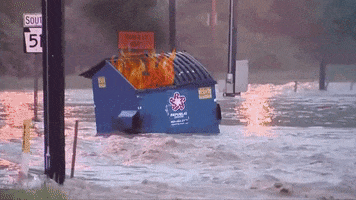Read it. Some good stuff and some completely contradictory and incorrect info.
Need turbulent flow (p.s. that’s caused by the thermosta), and then says flow rate is not relevant.
A thermostat is needed, period. Or a restrictor of some some nature. The radiator transfers heat via a time factor - the coolant needs time to be cooled while in the radiator. If the coolant is only in the radiator for less than 50% of the time needed then it will be returned to the engine at delta t/2 temp.
Have the author of that article stop over to Cummins and see what they say about it. There is training that identifies the hole in the ‘no thermostat is ok’ theory.
For no T stants causing overheating,, its one of three things, pump cavitation at the water pump, lack of restriction causing the coolant to bypass the temp sender, or causing greater pressure at thd cap and lifting if if its located on the high pressure side of the rad. A possible 4th issue may be due to the engine design. Water will seek the path of least resistance. So in poorly designed cooling systems, a restrictor might be needed to prevent waterflow from bypassing parts of the system like intake manifolds and heater cores. Again its not to slow down flow but to force the water to better scrub surfaces, ie laminar flow vs turbulant flow. You don't want laminar in the cooling system.
Again, coolant needing time in the radiator to shed heat is a myth. In order to spend more time in the rad to cool it also will spend more time in the block overheating. If you slow down coolant to decrease the rad's outflow tank temp, you will also increase the temp in the inflow tank which counteracts the benefits of the lower temps at the outflow tank. In other words, to make the cold side colder with lower flow you also make the hot side hotter which isn't good. The block could be melting down while the rad outlet is icy cold. This is because for any given heat load and coolant flos that are constant, the temp drop through the rad is constant. Temperature is not really a direct measure of how much heat energy a item has absorbed or exchanged. Different materials require different amounts of thermal energy before their temps rise or falls, this is called specific heat capacity.
Think of heat transfer as a domino effect. In still water the outer molecules shed heat to the outside, then absorb heat from the next water molecules in the interior which are shed to the outside, over and over like dominos until equal temps are reached. The rate that this happens depends of the temp diff between the water and the outside environment. However, if you circulate the water the heat transfers faster due to having to deal less with the domino effect as you are stirring and scraping more water molcules against the exterior releasing more heat faster. Moreover, there are a couple of issues with increased flow, diminishing returns, stress, and robbing HP. There is no way to defeat Q = m × c × Delta T, it seems it should be made a sticky for the cooling section to dispell cooling myths.



